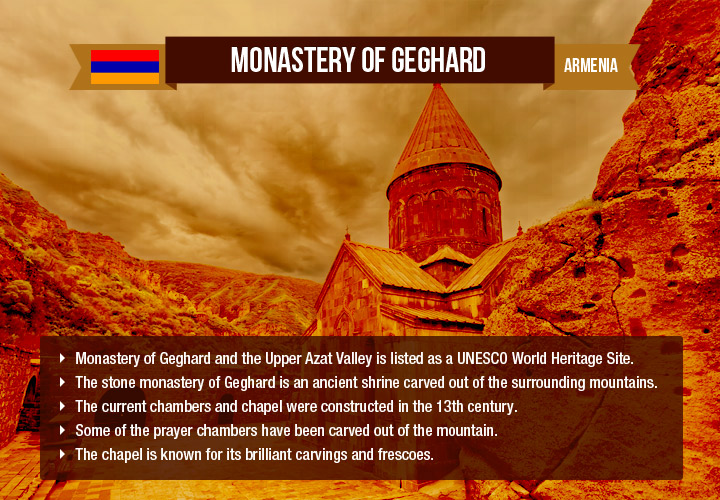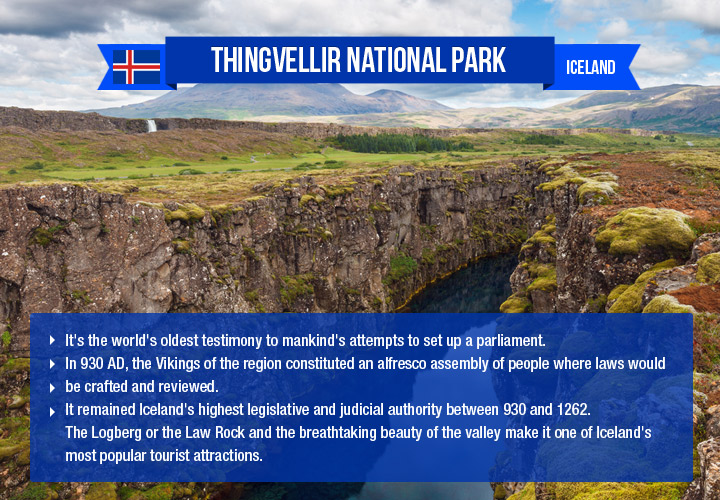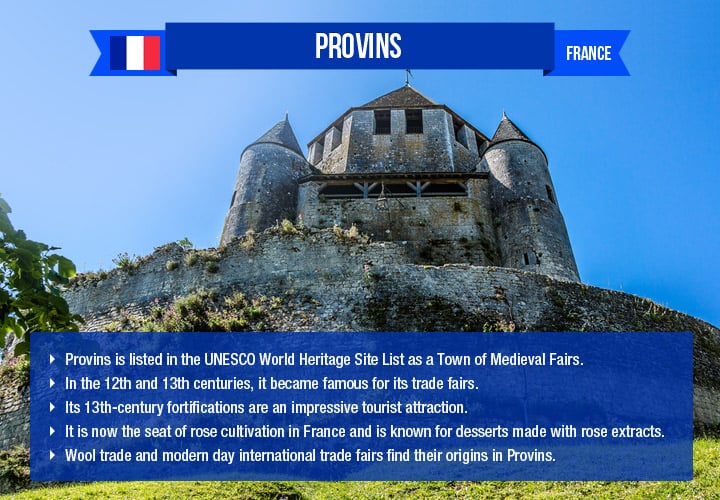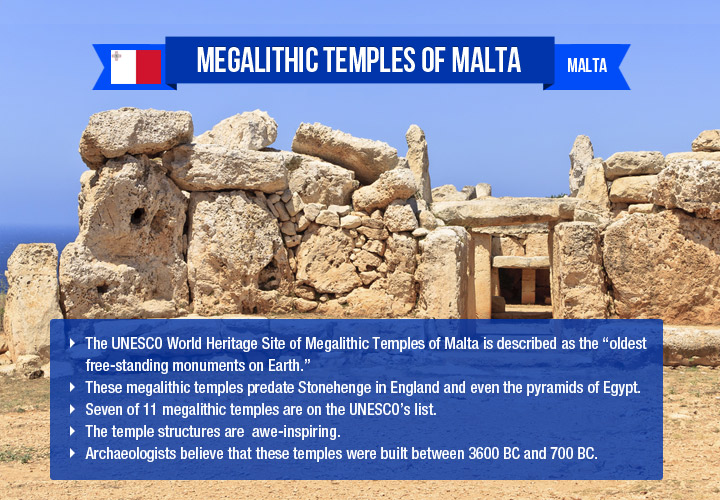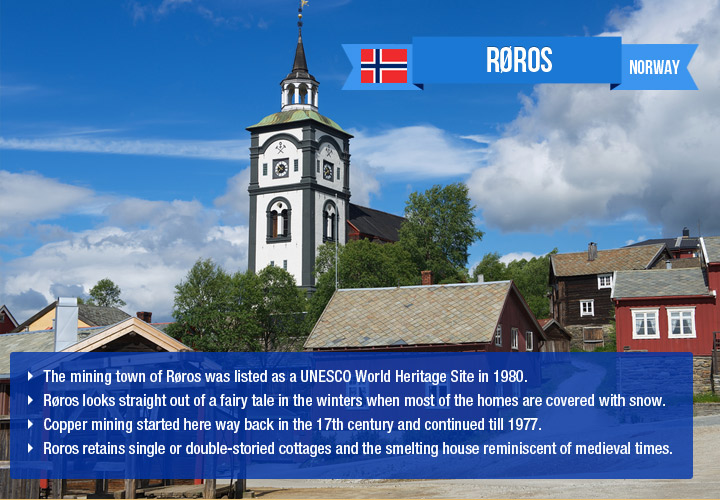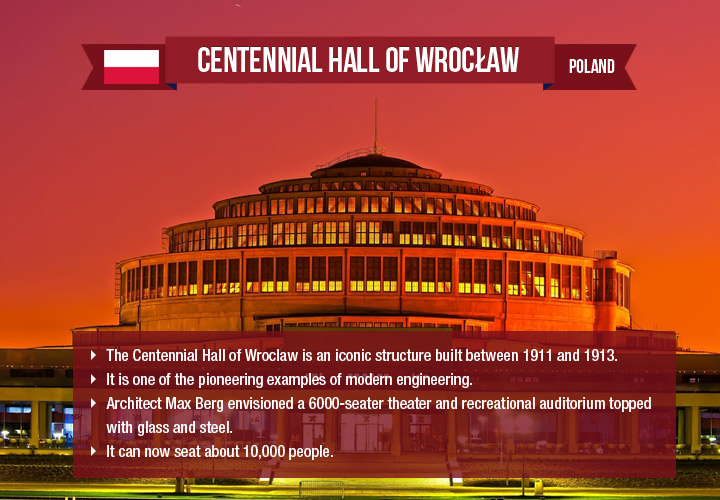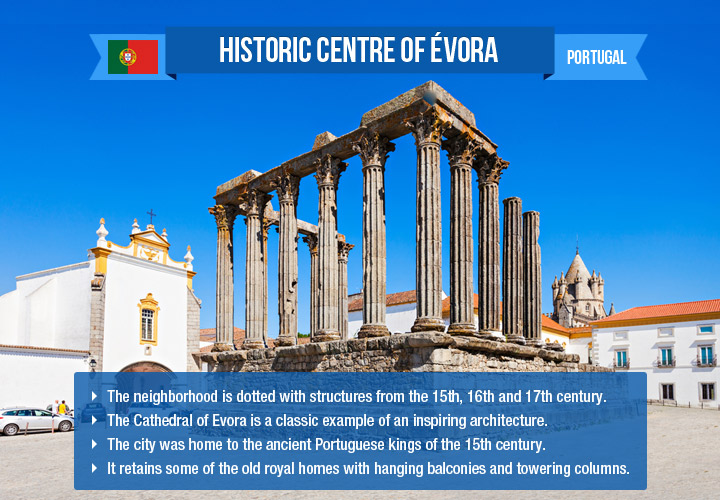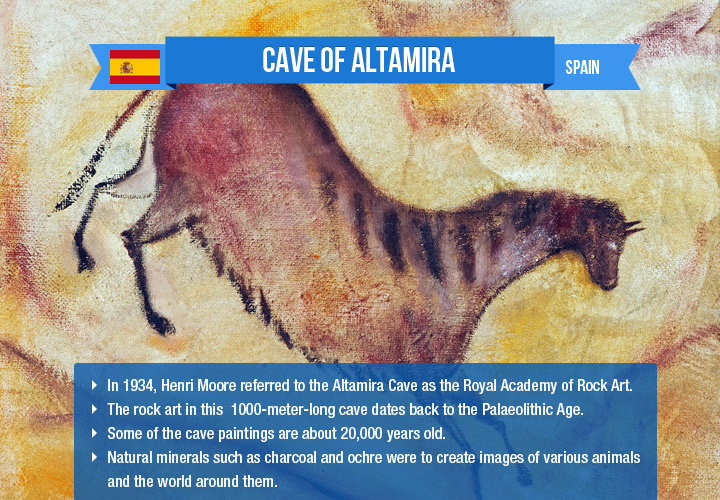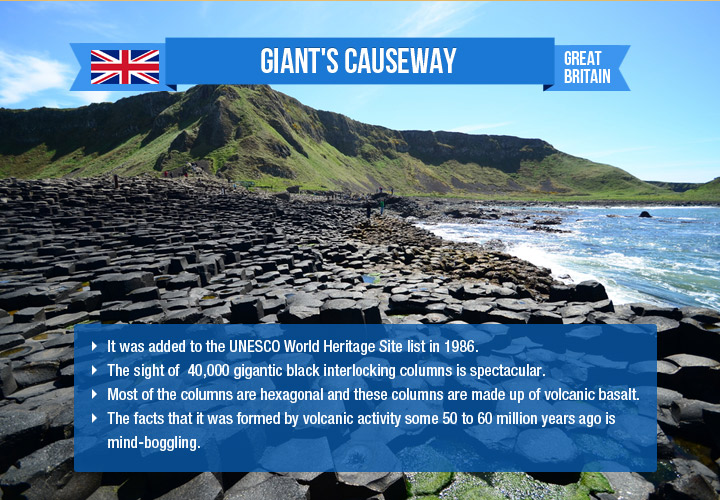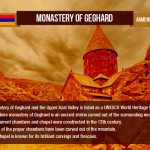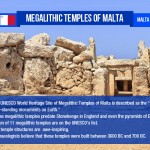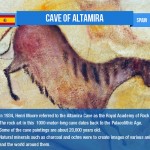Europe is home to some of the most interesting UNESCO world heritage sites in the world. From the Scandinavian Europe down to Mediterranean countries, the continent throws surprises to the travelers by virtue of its age-old architecture and natural landforms that have also impressed UNESCO.
Here’s a list of World Heritage Sites in Europe that you might or might not know about:
Monastery of Geghard
Country: Armenia
Monastery of Geghard and the Upper Azat Valley is listed as a UNESCO World Heritage Site in Armenia. The stone monastery of Geghard is an ancient shrine carved out of the surrounding mountains – an incredibly beautiful, complex, and culturally rich structure given its antiquity. The central chapel dates back to 1215 and the monastery to the 4th century. Not much remains from this time though. The current chambers and chapel were constructed in the 13th century. Some of the prayer chambers have been carved out of the mountain in a display of sheer grit and faith. The chapel is known for its brilliant carvings and frescoes. The word Geghard comes from Geghardavank in reference to the spear that wounded Jesus on the cross. This spear was brought here by Apostle Jude.
Mir Castle Complex
Country: Belarus
The Mir Castle Complex was listed as a UNESCO World Heritage Site in 2000. An exceptional blend of Gothic, Baroque, and Renaissance architectural styles makes it one of the most stunning structures of its kind in Europe. Duke Ilinich commissioned the construction of the Mir Castle in the Grodno region of Belarus in 1520. The construction was halted and revived several times. The beauty of the fortification, the artificial lake, and the gardens add to its charm. Damaged severely during the Napoleonic Wars, the castle was restored in the late 1800s and early 1900s. Recently, the government of Belarus undertook renovation work again, bringing back the beauty and glory of Mir Castle.
Þingvellir National Park
Country: Iceland
It’s the world’s oldest testimony to mankind’s attempts to set up a parliament. In 930 AD, the Vikings of the region constituted their Althing – an alfresco assembly of people where laws would be crafted and reviewed, disputes settled, and regulations for the land established. Not only did the Althing remain Iceland’s highest legislative and judicial authority between 930 and 1262, it was also responsible for laying out a common cultural identity and a sense of nationalism to the whole of Iceland. The Logberg or the Law Rock – the heart of the Althing, and the breathtaking natural beauty of the valley make it one of Iceland’s most popular tourist attraction.
Provins
Country: France
The French town of Provins is listed in the UNESCO World Heritage Site List as a Town of Medieval Fairs. Back in the 12th and 13th centuries, it became famous for its trade fairs, thanks to its location on the main trade route crossroads of Europe. Provins stays steeped in medieval European history and culture and its 13th-century fortifications are an impressive tourist attraction. It is now the seat of rose cultivation in France and is known for desserts made with rose extracts. The wool trade and modern day international trade fairs find their origins in Provins.
Megalithic Temples of Malta
Country: Malta
The World Heritage Site of Megalithic Temples of Malta is described by the UNESCO as “oldest free-standing monuments on Earth.” These megalithic temples predate Stonehenge in England and even the pyramids of Egypt. Seven of Malta’s eleven megalithic temples are on the UNESCO’s list. The temple structures in Ggantija, Haġar Qim, Mnajdra, Ta’ Haġrat, Skorba, and Tarxien are awe-inspiring and portray the early human effort to build big structures that outlive the times. Archaeologists believe that these temples were built between 3600 BC and 700 BC.
Røros
Country: Norway
The mining town of Røros was listed as a UNESCO World Heritage Site in 1980. Røros looks straight out of a fairytale in the winters when most of the trees and homes are covered with snow. But what makes it significant enough to be on UNESCO’s list is the history of copper mining in the town. Way back in the 17th century, copper mining started here and continued till 1977. The entire town retains its single or double-storied cottages and the smelting house that are reminiscent of medieval times. The town showcases human endeavors despite the harsh weather conditions.
Centennial Hall of Wrocław
Country: Poland
In a country where the likes of Warsaw, Krakow, and Auschwitz have made it to the UNESCO World Heritage List, the Centennial Hall of Wroclaw remains relatively less famous but certainly not less beautiful and elegant. The iconic structure was built of reinforced concrete between 1911 and 1913 – one of the pioneering examples of modern engineering. Architect Max Berg envisioned a 6000-seater theater and recreational auditorium topped with glass and steel. After recent renovations, it can now seat about 10,000 people. The sheer magnificence of the hall has made it an inspiration for modern architects.
Historic Centre of Évora
Country: Portugal
The historic center of Evora in Portugal is a page out of a history text book itself. The neighborhood is filled with structures from the 15th, 16th and 17th century. The Cathedral of Evora is a classic example of the architecture of the times that greatly influenced later Portuguese and Brazilian architects. The city was home to the ancient Portuguese kings of the 15th century and retains some of the old royal homes with hanging balconies and towering columns.
Cave of Altamira
Country: Spain
Back in 1934, Henri Moore referred to the Altamira Cave of Altamira as the Royal Academy of Rock Art. The rock art in this cave dates back to the Palaeolithic Age – the earliest of its kind in existence. Paintings made by Paleolithic men were found in this 1000-meter-long cave in 1880. These ancient men had used natural minerals such as charcoal and ochre to create images of various animals and the world around them. Some of these cave paintings are about 20,000 years old and stand testimony to the natural artistic flair of mankind.
Giant’s Causeway
Country: Northern Ireland
The Giant’s Causeway in Northern Ireland was added to the UNESCO World Heritage Site list in 1986. The sight of these interlocking rock columns forming a path of stepping stones from the sea to the lava cliffs is a spectacular one. Most of the columns are hexagonal and these columns are made up of volcanic basalt. If you think that the sight of 40,000 gigantic black columns sticking out of the sea is breathtaking, the thought that the structure was formed by volcanic activity some 50 to 60 million years ago is mind-boggling.
Also Read:



